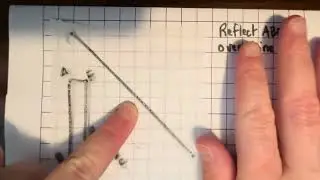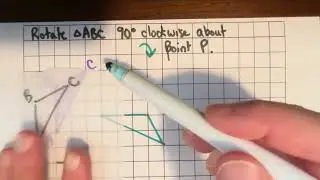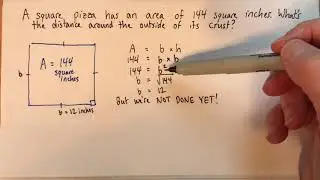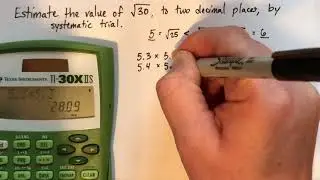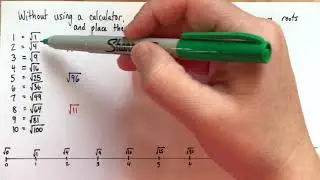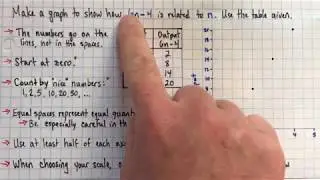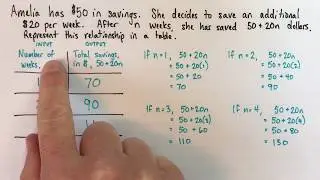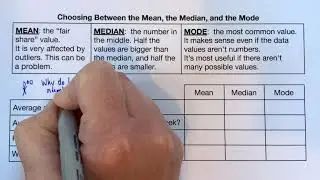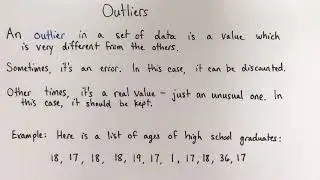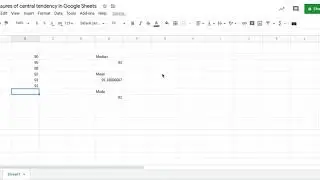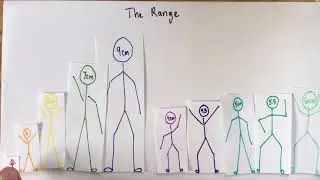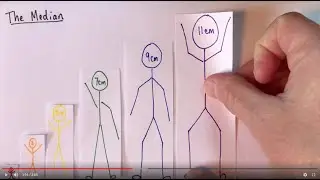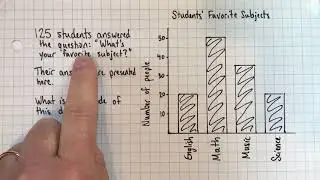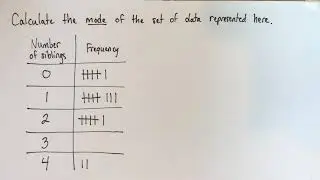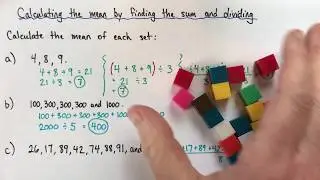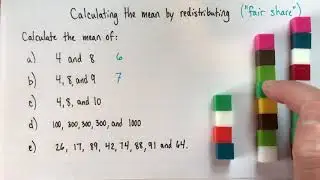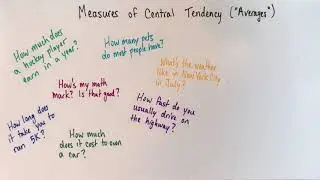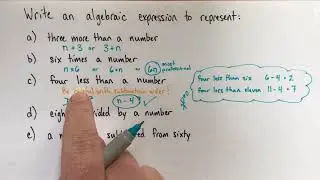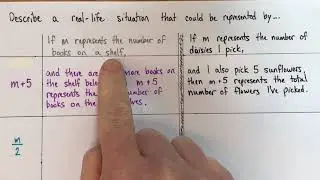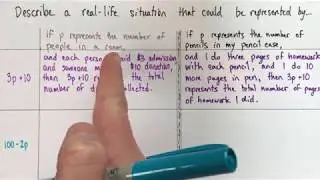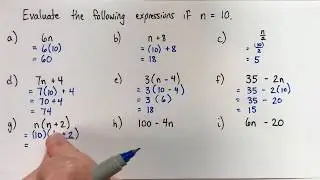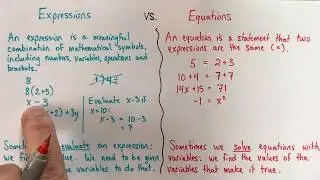How to use algebraic expressions to represent sentences
How do you represent “three more than a number” with an algebraic expression? What about "four less than a number?" I’ll explain these and a few more.
We’ll look at five examples: “three more than a number”, “six times a number”, “four less than a number”, “eighty divided by a number”, and “a number is subtracted from sixty”. I’ll explain why these are the correct expressions, if we use n to represent “a number”:
“three more than a number”: n+3 or 3+n
“six times a number”: nx6, or 6xn, or the best answer: 6n
“four less than a number”: n–4
“eighty divided by a number”: 80/n
“a number is subtracted from sixty”: 60–n
I’ll go into extra detail on the two subtraction examples, because the order is both important and difficult. I’ll show you a method of inventing examples with numbers to understand how to write the expression in the correct order.
This video is part of a playlist on representing linear relationships. Learn how to write expressions and equations, how to make tables of values, what ordered pairs are, how to find a missing value in an ordered pair, how to write precise descriptions of linear relationships, and how to create graphs. See more here: • Representing linear relationships








